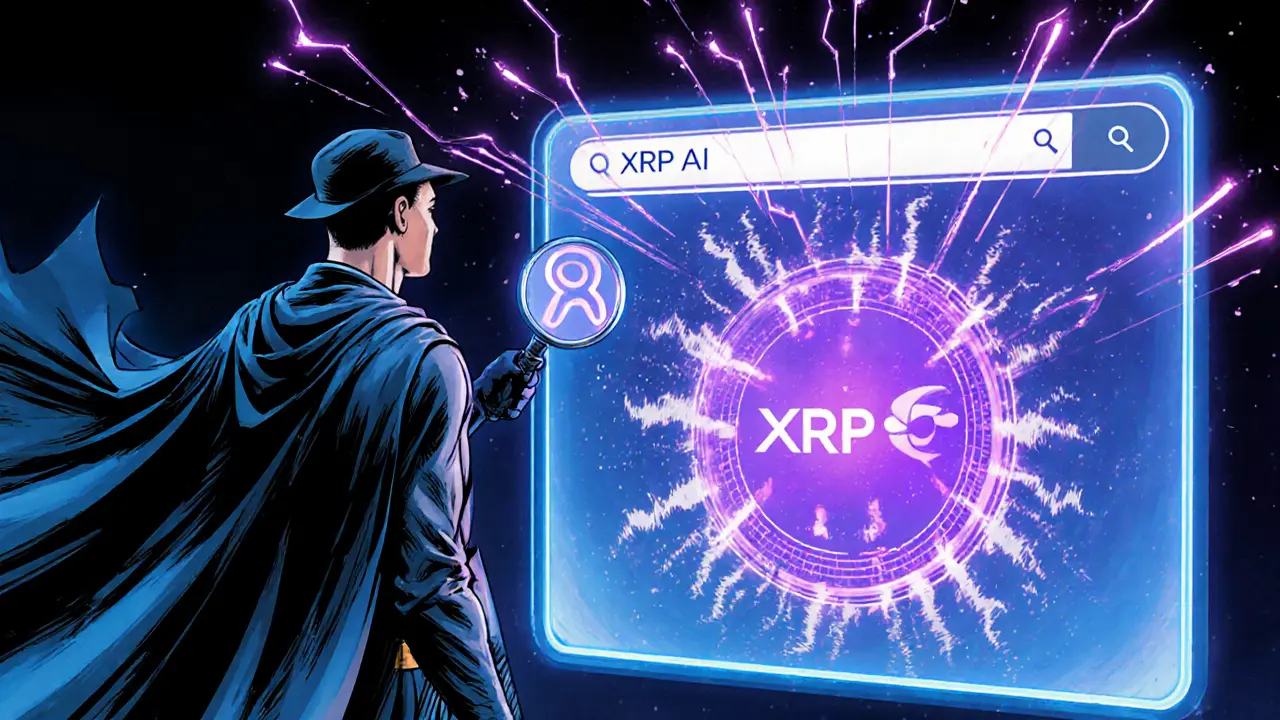When working with XRP, the digital asset built for instant, low‑fee cross‑border payments. Also known as Ripple, it powers a network that links banks, fintech firms, and everyday users.
For XRP to move, it relies on crypto exchanges, online platforms where users trade digital assets. These venues provide the liquidity that keeps XRP prices fluid and enable traders to swap it for fiat or other coins. Market capitalization, the total dollar value of all circulating XRP acts as a barometer of overall demand and helps investors compare XRP to other large‑cap tokens. When a new airdrop, a free token distribution to eligible wallets includes XRP, it can spark fresh interest and broaden the user base.
XRP sits at the intersection of several hot topics we cover on DexBand. Its fast settlement engine ties into the broader push for blockchain scalability, a theme explored in our modular blockchain articles. The token’s connection to regulated financial institutions makes licensing trends—like Indonesia’s 2025 exchange rules or Thailand’s crypto license guide—directly relevant for anyone holding or trading XRP. Privacy debates, such as those around Monero versus surveillance tools, also shape how corporate users perceive XRP’s transparency and compliance features.
Understanding XRP’s price bands and indicators is essential for spotting actionable market signals. Our market‑cap breakdowns show how a rise in total value often precedes tighter price bands, while a sudden drop can widen volatility windows. Meanwhile, airdrop mechanics teach you how to claim free XRP tokens safely, avoiding the scams highlighted in our fake coin warnings. By linking these concepts—exchanges, market cap, airdrops, and scalability—you get a full picture of what moves XRP’s price and why it matters for both retail traders and institutional players.
Beyond the basics, we dive into technical nuances that affect XRP’s network health. For example, hash collision risks, though rare, could threaten any blockchain, including Ripple’s ledger. Restaking protocols like EigenLayer illustrate how staking derivatives might someday interact with XRP’s ecosystem, offering new yield opportunities while adding security layers. Keeping an eye on these developments helps you anticipate regulatory shifts, such as the UAE’s 2025 crypto licensing framework, which could influence how XRP is offered to corporate clients.
All this context sets the stage for the collection of articles you’ll see next. We’ve gathered pieces on everything from modular blockchain design and exchange reviews to airdrop step‑by‑step guides and licensing checklists. Whether you’re looking to fine‑tune a Bitcoin DCA strategy, compare the fees of Hydax versus Bitvavo, or simply grasp how market cap shapes XRP’s outlook, the posts below provide actionable insights backed by real‑world data.
Scroll down to explore the full range of resources, each picked to help you trade smarter, understand XRP’s role in the evolving crypto economy, and stay ahead of market shifts.

Clarifies that XRP AI doesn't exist, explains what XRP is, its tech, recent 2025 developments, and investment considerations for readers.